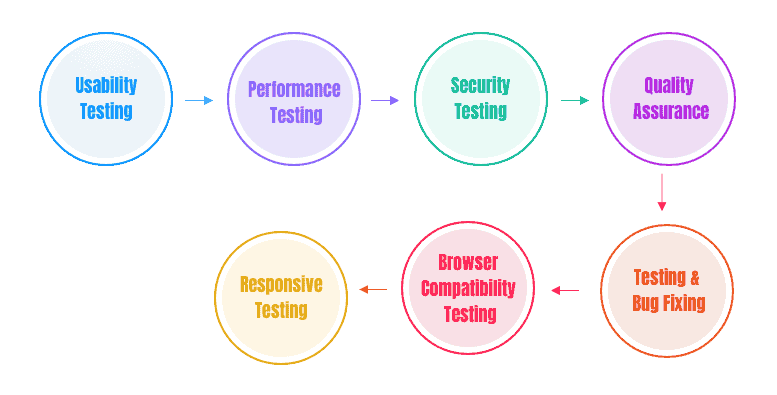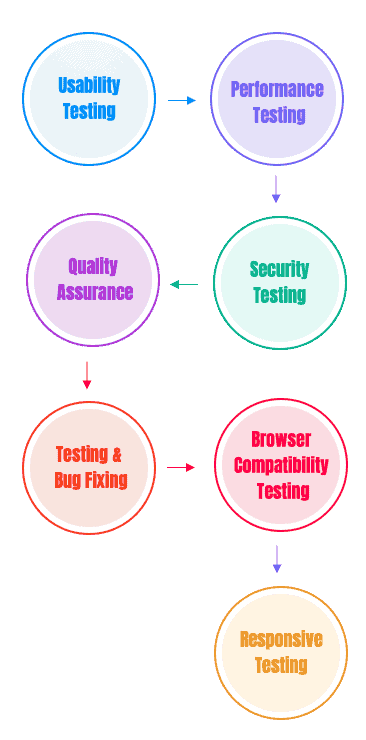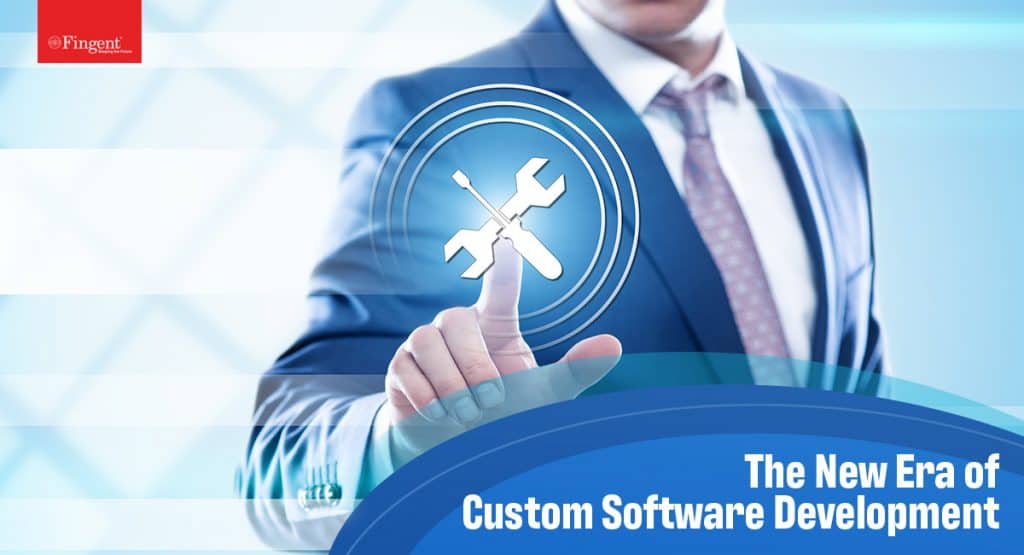Historically, SAP solutions have required abundant resources and time to implement. However, this investment of time and resources pays dividends, as organizations that successfully implement the latest SAP solutions gain a distinct advantage within their industry. This is particularly true when discussing the latest SAP solution, SAP S/4HANA. The evolution of cloud technologies fueled the rise of this next-generation enterprise resource planning (ERP) solution.
This definitive guide explores SAP S/4HANA, so business leaders can determine whether this ERP solution is the wisest investment for their organizations.
Why Modern Businesses are Considering SAP S/4HANA
SAP S/4HANA is the culmination of decades of product development innovation. This expertly designed ERP incorporates simplified architecture and a robust digital core. Additionally, it is equipped with artificial intelligence and machine learning capabilities to provide clients with access to truly revolutionary tools and functionalities.
Deploying SAP S/4HANA maintains the unparalleled level of business process coverage that SAP products are known for, while simultaneously allowing users to tap into the rapidly scalable computing power available via cloud services.
In simple terms, SAP S/4HANA eliminates the most commonly cited pain points associated with ERP implementation. Specifically, SAP S/4HANA can be implemented faster than legacy options and at a less cost-prohibitive price point, especially when users leverage the platform’s “best practices activations.”
Clients no longer have to invest in an abundance of on-premises computing resources but instead can leverage cloud-based alternatives.
Read more: It’s Time To Transform Your Business For The New Digital Age – Rise With SAP

Top Benefits of Implementing SAP S/4HANA
By transitioning to SAP S/4HANA, organizations can experience benefits such as:
1. Enhanced Ability to Adapt
With SAP S/4HANA, businesses will be better prepared to adapt to rapidly changing conditions within their sector. Additionally, the platform will help companies adopt the latest business models. Cumulatively, these benefits will make businesses more agile and resilient.
2. Improved UI/UX with Fiori
When SAP S/4HANA is paired with Fiori Innovation, the user experience is significantly enhanced. Fiori is the standard created by SAP for the use of design conventions and rich software elements.
3. Faster Deployment
In the past, deployments of legacy SAP ERP solutions could take years. Now, SAP S/4HANA migrations can be performed in mere months or weeks. Conversions from the ECC platform to SAP S/4HANA can also be performed in record times.
This reality allows clients to decrease their time to value and begin using their new software faster than ever.
4. Optimal Scalability
Transitioning from on-premises solutions to cloud-based options maximizes the scalability of ERP technologies. As businesses grow and expand, their SAP S/4HANA ERP software can evolve with them.
Before the release of S/4HANA, expanding ERP capabilities required businesses to invest in incredibly costly on-premises equipment. SAP S/4HANA makes this scalability challenge a distant memory.
5. Decreased Time to Market
One major hurdle to digital transformation was lead times. When businesses explore digital transformation investment opportunities, options that take years to go live are naturally not all that appealing to decision-makers.
As a result, some businesses settle on lesser solutions or rush through the deployment process, only to experience lackluster results with their new investment.
SAP S/4HANA addresses these recurring challenges by offering an expediting deployment process. While the efficiency and efficacy of the deployment depend primarily on the skill of the team overseeing the transition, capable SAP partners can implement S/4HANA far faster than its predecessors.
This rapid deployment is a significant selling point for businesses that need to achieve a condensed time to market and a fast time to value.
6. Advanced Analytics Capabilities
SAP S/4HANA’s dynamic array of reporting and analytics tools can provide organizational leaders with the insights they need to make data-driven decisions.
Decision-makers can view these data points through their preferred lens by customizing their reporting dashboard. SAP S/4HANA provides real-time updates, so business leaders can access the most accurate information possible.
In addition to its advanced analytics capabilities, SAP S/4HANA facilitates process automation via artificial intelligence software. Businesses can implement end-to-end automation, which reduces the workload on staff while simultaneously enhancing organizational efficiency.
Signs It’s Time to Transition to SAP S/4HANA
Waiting too long to upgrade ERP technology can turn a solution that should make businesses more efficient into a financial burden. If businesses are unsure whether it is time to transition to a leading-edge solution like SAP S/4HANA, they should look for indicators such as:
1. Lack of Standardization
When developing SAP S/4HANA Cloud, the company took the time to listen to its client base. What SAP found was that many clients were clamoring for product standardization. SAP’s clients are most often established companies that are facing very complex problems. They were early adopters of the Cloud ERP, but now these entities need to scale quickly to continue to innovate within their respective industries.
Antiquated options offered little or no standardization, making implementing and maintaining ERP software tedious, especially for those businesses with on-premise systems. SAP S/4HANA offers the level of standardization that clients were seeking while still providing them with the opportunity to customize their solutions.
2. Out of Compliance
Organizations that operate in closely regulated sectors must always be mindful of compliance requirements. The consequences can be serious if an organization clings to a legacy solution long after it has exceeded its optimal service lifecycle.
When compliance is a concern, businesses should promptly look to upgrade their legacy system with a modern alternative like SAP S/4HANA.
3. No Vendor Support
While product vendors support their technology products, they cannot support everything perpetually. As new products roll out, vendors will need to eventually discontinue offering support for previous iterations of software and ERP solutions.
You have two options when the vendor no longer supports your company’s preferred software suite.
The first involves maintaining the product in-house via cobbled-together solutions. This approach can quickly lead to diminishing performance and increasing maintenance expenses. The second, more pragmatic option is to upgrade to the latest available solution.
4. Costly to Maintain
All business moves, including replacing a legacy ERP solution, are boiled down to a risk vs. reward assessment. Much of this assessment focuses on the potential value benefits of making the switch versus the transition cost.
When legacy software becomes excessively costly to maintain, making this decision is that much easier. Antiquated technologies not only deliver less value over time, but they are also costly to keep up and running. If your organization has encountered this conundrum, it is a sure sign that it is time to upgrade.
Learn how Fingent can help transform your business with SAP
S/4HANA Conversion vs. S/4HANA Implementation
There is an important distinction between migration or conversion and implementation for S/4HANA. Conversion involves transitioning all data and files from your existing SAP ERP solution (like ECC) to S/4HANA. Put simply, you are transforming your existing ERP solution into a variant of SAP S/4HANA.
During a system conversion, businesses will need to migrate their databases to SAP HANA 2.0. From there, they will need to convert their data to the new SAP S/4HANA model. In addition, the company must upgrade its software, which will involve replacing legacy application code with the code for SAP S/4HANA.
On the other hand, a new implementation involves building out SAP S/4HANA and then transitioning to the new system. The implementation process can be performed via a phased rollout, an incremental transition from legacy ERP to the new solution. Alternatively, businesses have the option to take all business units to SAP S/4HANA during a single massive rollout.
Both processes can be incredibly involved. Therefore, you should carefully analyze each approach’s benefits and choose the best method that best aligns with the needs and goals of your organization.
S/4HANA Conversion
Businesses that select a conversion strategy will see less significant downtime as the conversion is a one-step process. Choosing a conversion or new implementation is determined by your business type (if you are based in IT or finance, for instance), your long-term strategy and how many other systems are connected to your influencing system.
Prepare for Your Conversion
Before any new implementation or conversion projects, preparing your team and system for the changes is essential. Poor preparation can increase downtime, which decreases the effectiveness of the conversion.
Caring for your financial data includes preparing your team for new parallel accounting and document split capabilities via conversion. Also, verify the compatibility of your add-ons to ensure that they can handle the transition.
Ready your team for test cycles and have a plan in place so that each member knows their role to follow the guidelines.
Qualify a Baseline Plan
Your conversion and migration partner will assess your system to help determine the baseline plan for your system landscape. They will walk you through optimizations as well as the quality assurance systems and processes and which development system is best for you. They’ll also conduct a dress rehearsal to minimize the downtime and optimize the time your system has.
Consider Your Add-Ons
Most SAP systems have third-party add-ons as some were used to enhance the existing SAP architecture. Before starting a conversion, locate the vendor of each add-on and verify its compatibility with the SAP S/4HANA system. You’ll also want to check that you’ll still need each add-on. The vitality of the SAP S/4HANA product may eliminate the need for some third-party enhancements.
Read more: Low Code/No Code Development with SAP BTP: How It Is Turning the Future of Enterprise Resilience

Tips for Choosing the Best S/4HANA Migration Partner
When searching for the right S/4HANA migration partner, organizations like yours should consider factors such as:
- Scope of services offers
- Level of experience
- Industry reputation
- Whether the organization offers ongoing support
Of the above factors, industry reputation is of particular concern. While virtually any SAP 4/SHANA migrations partner can claim to be “top-notch,” not all of them are. Feedback from past clients serves as a valuable form of social proof that can help you determine whether a provider is right for your organization.
Fingent is Your SAP Partner
Whether you need assistance with SAP S/4HANA implementation or migration, Fingent is the ideal partner to oversee this complex process. Since 2003, Fingent has been delivering exceptional value to our clients while helping them gain distinct advantages in their respective industries.
Past clients have praised us for our quality of service, ability to expedite time to market, cost-effectiveness, and tailored approach. To learn more about our SAP S/4HANA solutions, contact Fingent today.









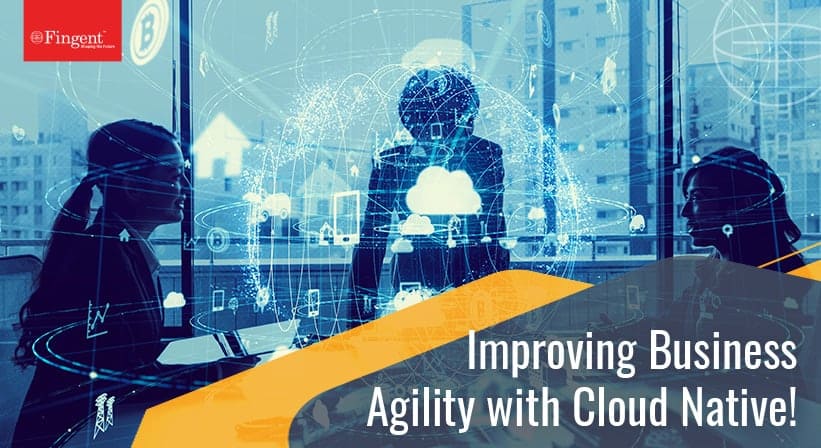






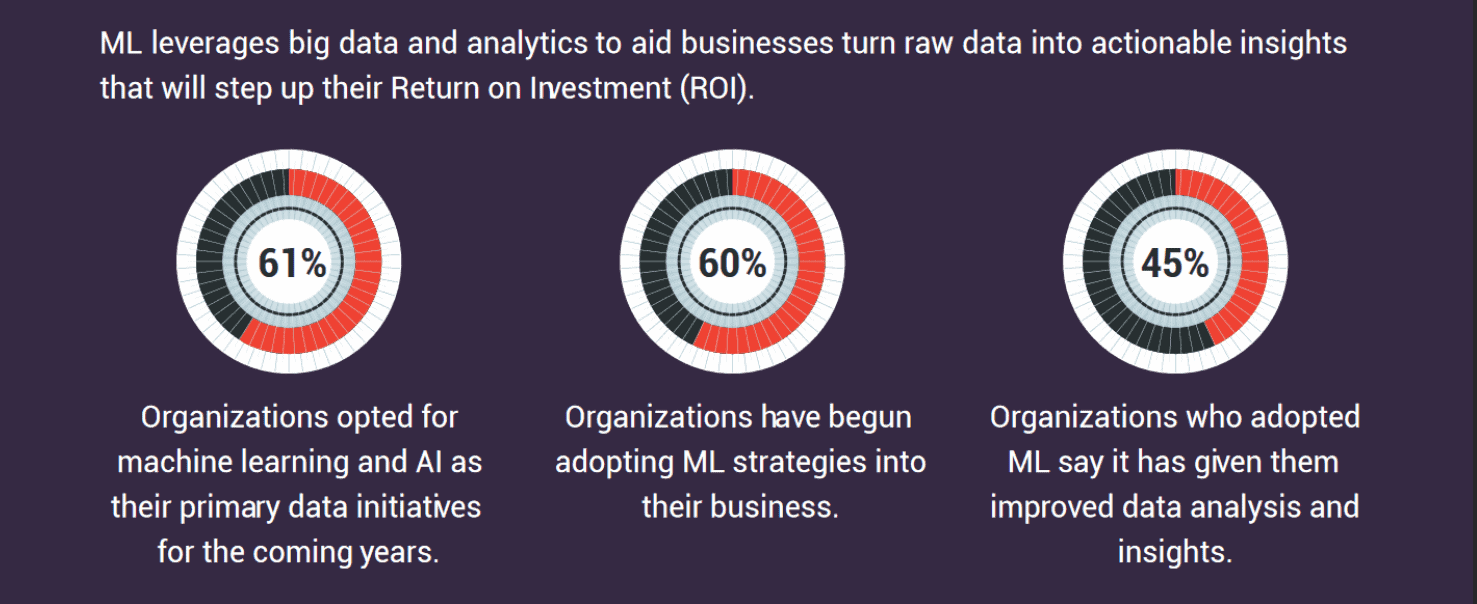
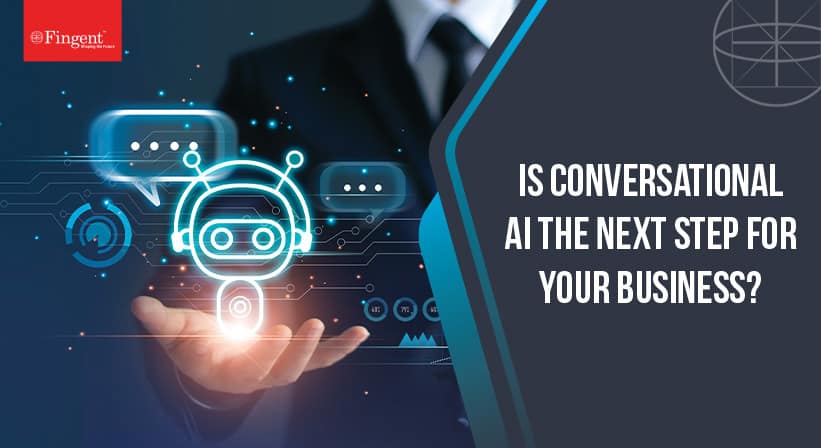






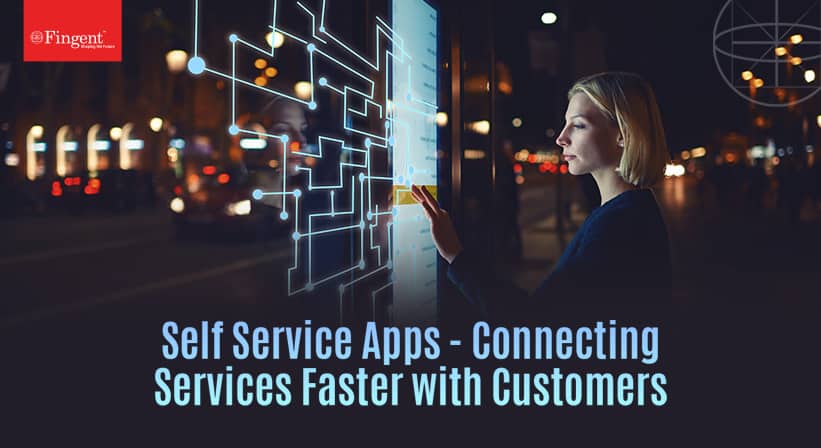

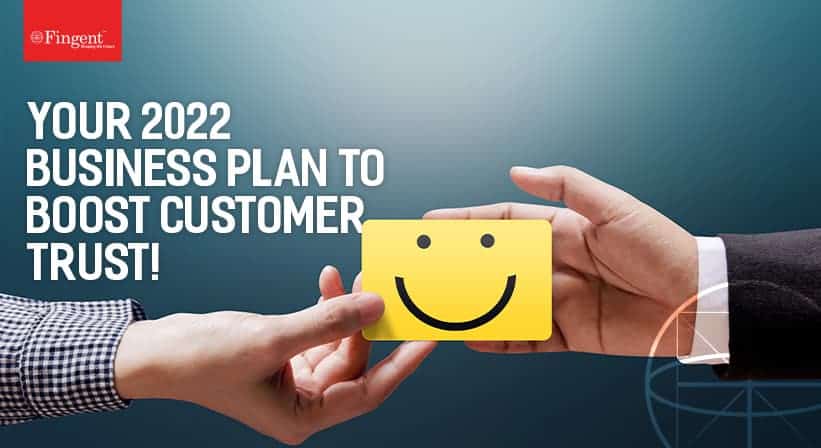
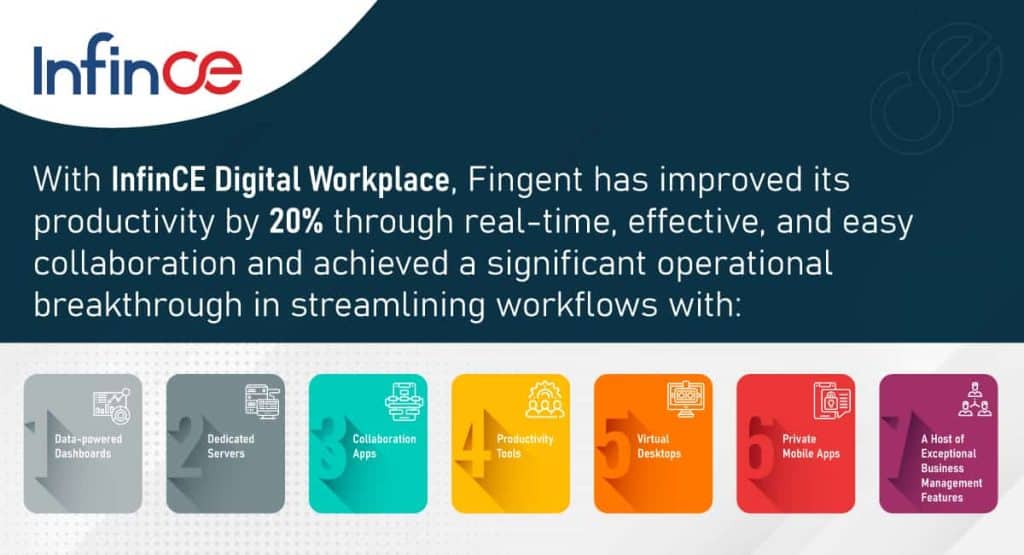
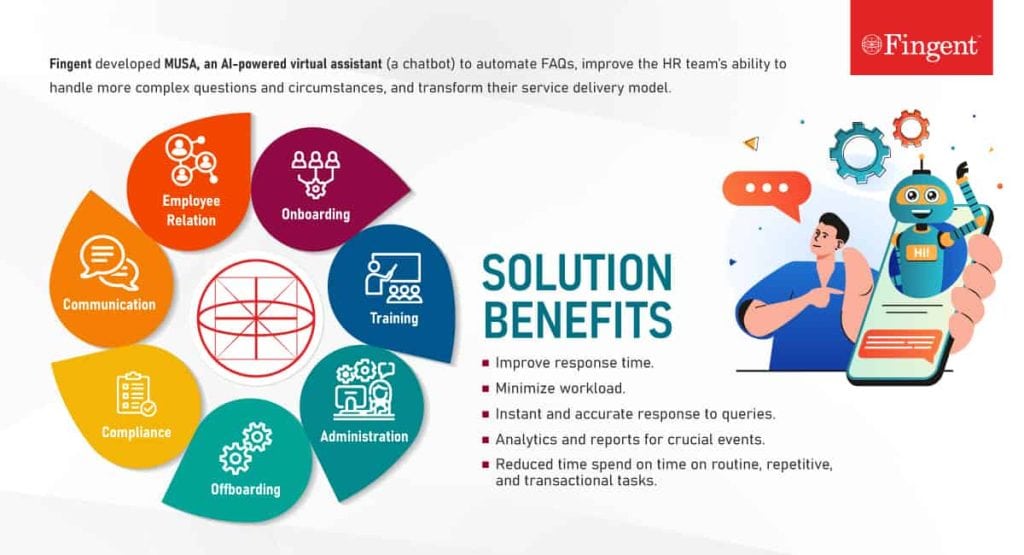

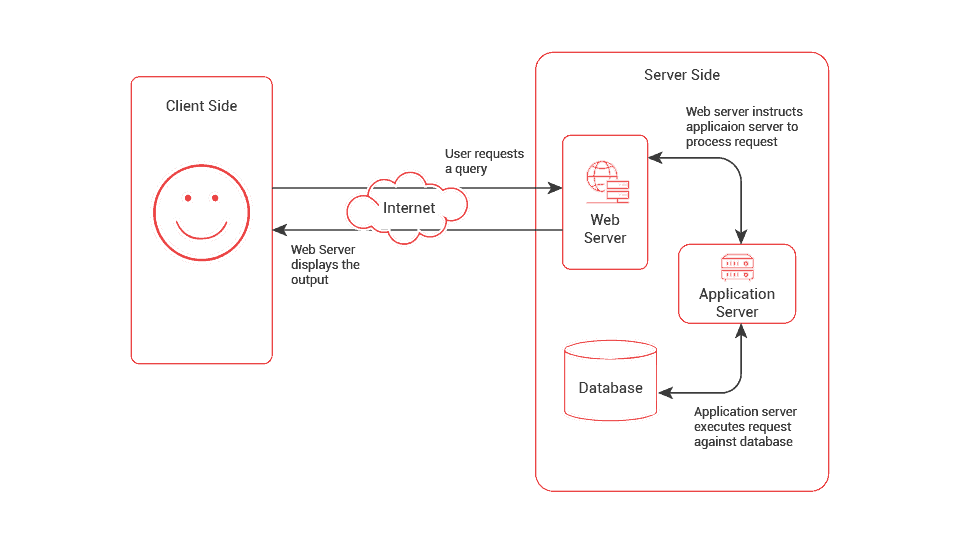

 Static Web Application
Static Web Application Dynamic Web Application
Dynamic Web Application eCommerce Web Application
eCommerce Web Application CMS Web Apps
CMS Web Apps Portal Web Application
Portal Web Application Single-Page Application
Single-Page Application Multi-Page Application
Multi-Page Application Rich-Internet Web Applications
Rich-Internet Web Applications Progressive Web Apps
Progressive Web Apps






